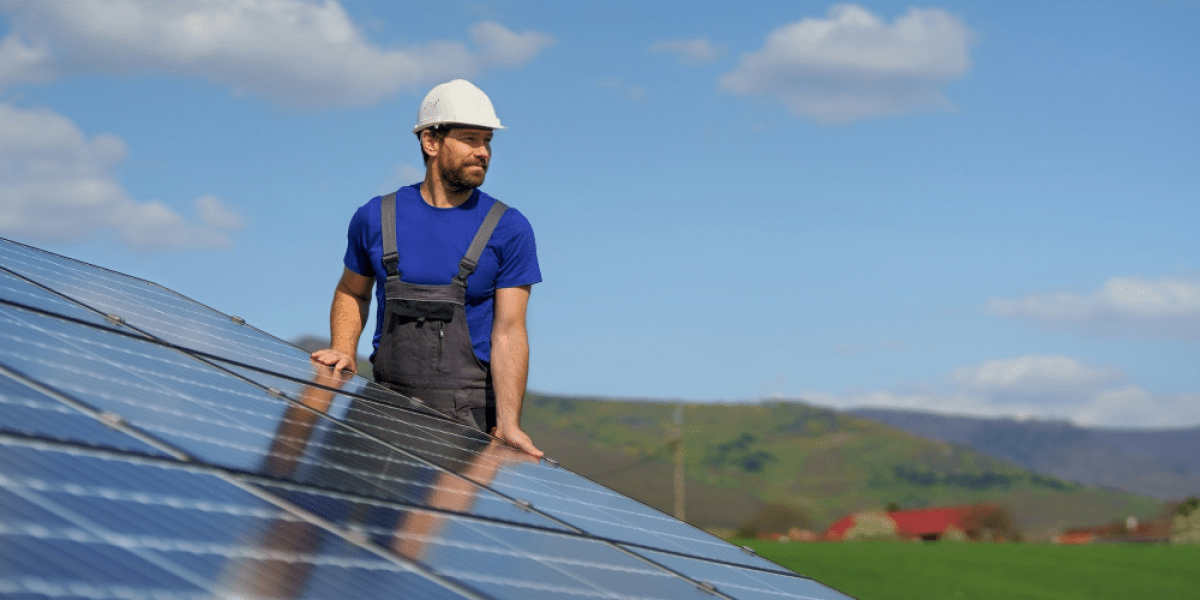Solar power is gaining momentum as a clean, renewable energy source across the United States, including the southern region. With abundant sunshine and technological advancements, solar energy offers a promising solution to meet energy needs while reducing reliance on fossil fuels and mitigating climate change. In this article, we’ll explore how solar power is faring in the southern United States, the challenges and opportunities it faces, and the future outlook for solar energy in the region.
Embracing Solar Energy in the South
The southern United States, known for its sunny weather and ample sunlight, is well-suited for harnessing solar energy. States such as Florida, Texas, North Carolina, and Georgia have seen significant growth in solar installations in recent years, driven by declining costs, supportive policies, and increasing awareness of the benefits of renewable energy.
Residential, commercial, and utility-scale solar installations have proliferated across the region, with homeowners, businesses, and utilities investing in solar photovoltaic (PV) systems to generate clean electricity and reduce energy costs. Solar panels, mounted on rooftops, ground-mounted arrays, and solar farms, convert sunlight into electricity, providing a reliable and sustainable source of power.
Factors Driving Solar Adoption
Several factors are driving the adoption of solar power in the southern United States:
- Abundant Sunshine: The southern region enjoys abundant sunshine throughout the year, making solar energy an attractive option for generating electricity.
- Declining Costs: The cost of solar PV technology has declined significantly in recent years, making it more affordable and accessible to homeowners, businesses, and utilities.
- Supportive Policies: Many states in the southern US have implemented policies and incentives to promote solar energy adoption, such as net metering, tax credits, rebates, and renewable portfolio standards.
- Energy Independence: Solar power offers an opportunity for energy independence and resilience, reducing dependence on imported fossil fuels and volatile energy markets.
- Environmental Benefits: Solar energy is clean, renewable, and produces no greenhouse gas emissions, helping to mitigate climate change and reduce air pollution.
Challenges and Opportunities
Despite the growth of solar power in the southern United States, several challenges and opportunities remain:
- Interconnection and Grid Integration: Integrating solar power into the existing electric grid can be challenging, requiring upgrades to infrastructure and coordination with utilities to ensure reliability and stability.
- Regulatory Hurdles: Regulatory barriers, such as permitting requirements and interconnection fees, can hinder solar adoption and add complexity to the installation process.
- Land Use and Environmental Concerns: Large-scale solar projects may face opposition due to concerns about land use, habitat disruption, and visual impacts, necessitating careful planning and stakeholder engagement.
- Storage and Grid Resilience: As solar penetration increases, ensuring grid resilience and reliability becomes crucial, necessitating investment in energy storage, demand response, and grid modernization technologies.
- Workforce Development: Building a skilled workforce capable of designing, installing, and maintaining solar systems is essential for the continued growth of the solar industry in the southern US.
Despite these challenges, solar power presents significant opportunities for economic growth, job creation, and environmental stewardship in the southern United States. By addressing barriers, leveraging technological innovations, and fostering collaboration among stakeholders, the region can unlock the full potential of solar energy and reap the benefits of a clean, sustainable energy future.
Future Outlook on Solar Power in the South
The future outlook for solar power in the southern United States is promising, with continued growth expected in the coming years. Advances in technology, such as improved solar panels, energy storage systems, and smart grid technologies, will further enhance the efficiency, reliability, and affordability of solar energy.
Furthermore, supportive policies, such as renewable energy mandates, tax incentives, and streamlined permitting processes, will continue to drive investment in solar installations and accelerate deployment. As the cost of solar energy continues to decline and awareness of its benefits grows, more homeowners, businesses, and utilities will turn to solar power to meet their energy needs and contribute to a cleaner, greener future.
In conclusion, solar power is gaining momentum in the southern United States, fueled by abundant sunshine, declining costs, and supportive policies. While challenges remain, the region has significant opportunities to expand solar energy adoption, reduce greenhouse gas emissions, and build a more sustainable energy future for generations to come. By harnessing the power of the sun, the southern US can pave the way towards a brighter, cleaner, and more resilient energy landscape.






